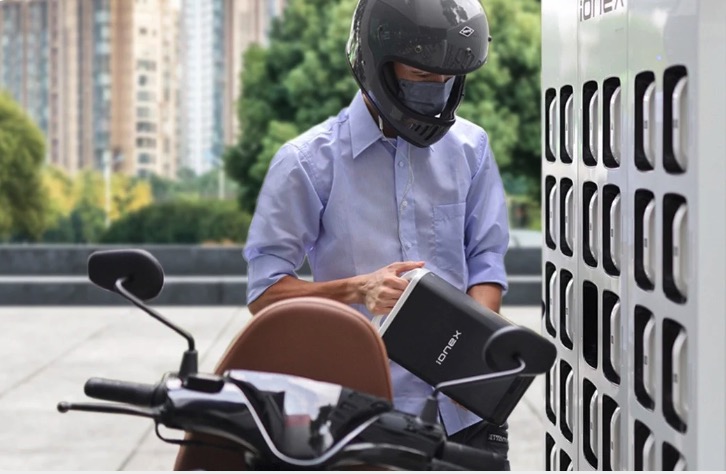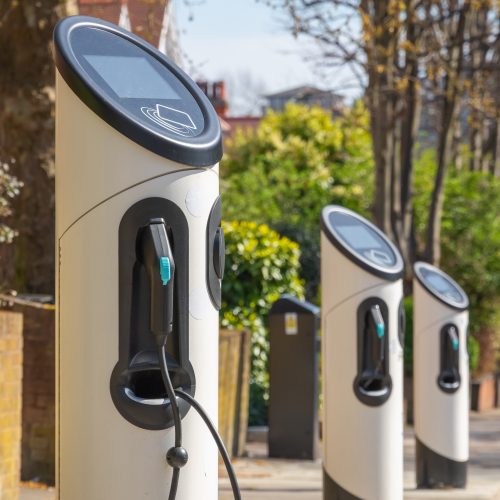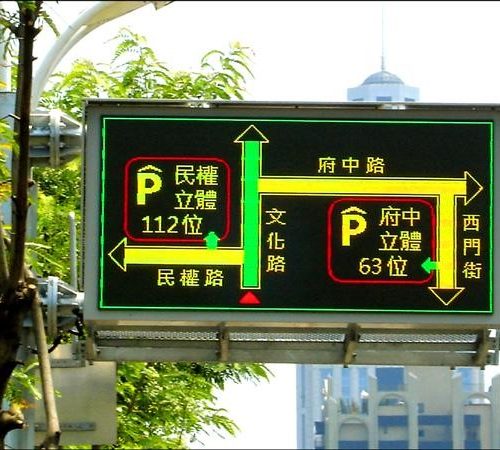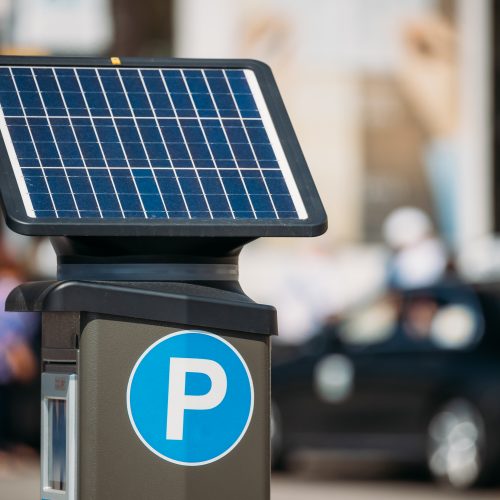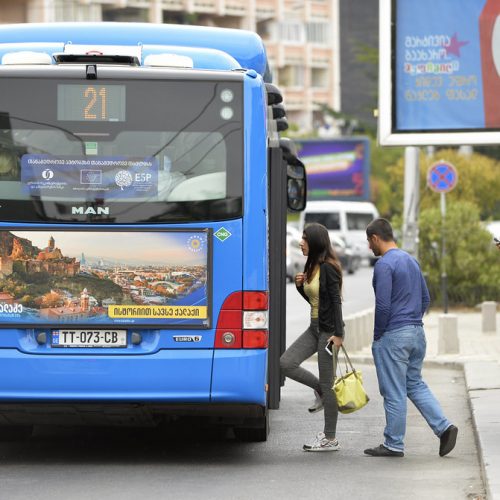Acknowledgements
We would like to express special appreciation to Mr. Harvey Chung (Deputy Director of Keelung City Department of Transportation), Ms. Becky Yao (Commercial Manager of Ionex Energy), and Mr. Ming-hong Hsieh (Commissioner of Taipei City Department of Transportation), for their contribution to the preparation of this case study.
Implementation
One of the challenges of smart city planning is providing transport options that are both convenient and sustainable. In many cities, public transport systems are not comprehensive enough to meet the needs of all residents. This can lead to congestion and air pollution. Shared e-mobility is a potential solution to this problem. E-scooters are a convenient and affordable way to get around, and they are more environmentally friendly than cars.
The solution developed by Ionex ATR involves automated rental stations for e‑scooters in convenient locations such as stations. This allows people to easily rent an e‑scooter and ride it to their final destination. Ionex ATR has partnered with the Kaohsiung Metro System to offer discounts for Metro passengers, making its e-mobility scheme even more affordable.
Results and lessons learned
The project has been successful in reducing congestion and air pollution in Kaohsiung, as well as making it easier for people to get around the city. By, Ionex ATR had over 1 million users and those people completed more than 5 million trips. It is calculated that the company’s e-scooters have saved more than 1,000 tonnes of CO2 emissions.
There are a few key lessons that can be learned from this project in Kaohsiung:
- It is important to partner with existing transport providers to make shared e-mobility more accessible and convenient.
- Shared e-mobility should be integrated with other transport options, such as public transport.
- Shared e-mobility should be affordable and accessible to everyone.
This project is a good example of how smart city planning and shared e-mobility can be used to improve urban transport. The project has reduced congestion and air pollution, as well as making it easier for people to get around the city. The lessons learned from this project can be applied by other cities that are interested in developing shared e-mobility schemes.








